From where does food allergy come from?
Whenever we hear the word, allergy, the first thought that runs in mind would be sneezing, runny nose and itching of skin with patches. Dust particles in the atmosphere, cold and smoke can cause such issues. Contact of skin with foreign particles can cause swelling, itches etc.
It’s the same case of certain food substances. When body resists certain protein content of taken food, food allergy may occur. Discomforts of stomach and itching and swelling of body parts are very common symptoms. At least in rare cases food allergy may result in lung problems or breathing problems like asthma.
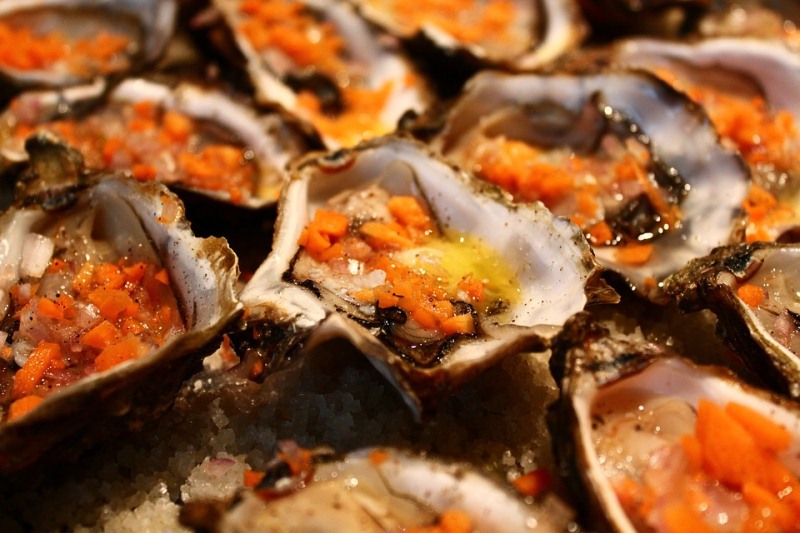
What is this food allergy?
Protein components present in certain food substances may be misinterpreted as harmful substances by human body. As a result of it, body tries to resist it, and that’s how food allergy happens. Food allergy is mainly of two types – some allergies can cause instant reaction while a few show symptoms slowly. Food allergy can be affected by people belonging to any age group, and it can occur at any time. It’s also not easy to predict which food substance causes food allergy to a particular person. Though food allergies never cause very serious health issues or life threats in most cases, its existence can surely deprive you of sleep.
Chances are more for these food items to cause food allergy
Groundnut, milk, soya beans and soya products, eggs, wheat etc cause food allergy in many persons, though they are healthy food items. Meat such as beef, chicken and pork, edible marine items such as prawns, crab and oysters are other ‘leading brands’ to cause food allergy.
Alpha S-1 Casein and lacto globulin present in milk can cause food allergy. As these contents are found less in goat’s milk, chances are less to get food allergy. Garlic, shallots, cabbage, mushrooms, green peas and beans are some of the vegetarian food items that cause food allergy in rare occasions.
Say ‘No’ to coloured food
Many artificial flavours and preservatives are added to food items to enrich colour and taste. They can cause food allergy in many cases. Though they are allowed preservatives, even mild quantities can harm and upset your body. Erythrosine and Carmoisine for red, sunlight yellow and Tartrazine for yellow, brilliant blue for blue and fast green for green are some of the very common and permissible food colours used. Ajinomoto – the flavour used in Chinese foods is indeed very harmful. Sodium benzoate used as preservatives for pickles also come under the same category.
From itching to diarrhea
Symptoms of food allergy depend on the food items taken. If someone has allergy for red meat, eating beef can give him itching and swellings on skin. Stomach pain, vomiting, diarrhea, blood in stool etc are very common in food allergy. Gluten present in wheat and maize may also turn allergic in some cases. If so symptoms of malnutrition such as paleness, weight loss etc can happen. The person may turn slim. Also read: Some common doubts related to food allergy.
We can avoid food allergy if we take care of these points
If you have serious allergy issues, you can go through these points.

1. Avoid artificial sweetener content food like ice cream, pastry, chocolate, corn syrup etc.
2. Use only cooked vegetables. Avoid citric food items such as orange, grapes and also lemon.
3. Avoid marine items with shells, such as oysters.
4. Restrict carbonated drinks like cola.
Image source: Pixabay
Also read a few more health articles on eating habits. Click on the images in the gallery to read



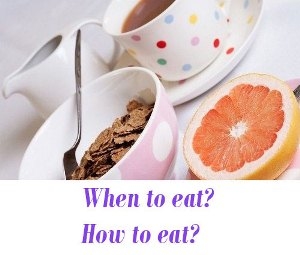


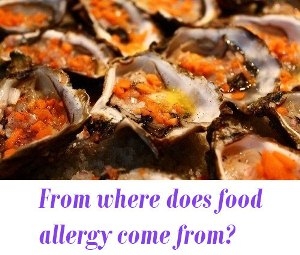
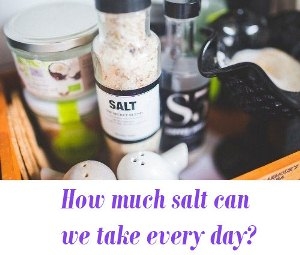
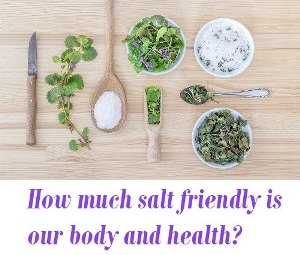
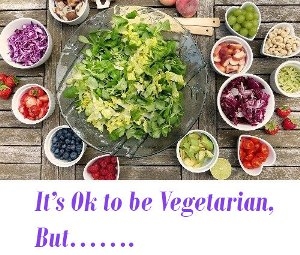














Recent Comments